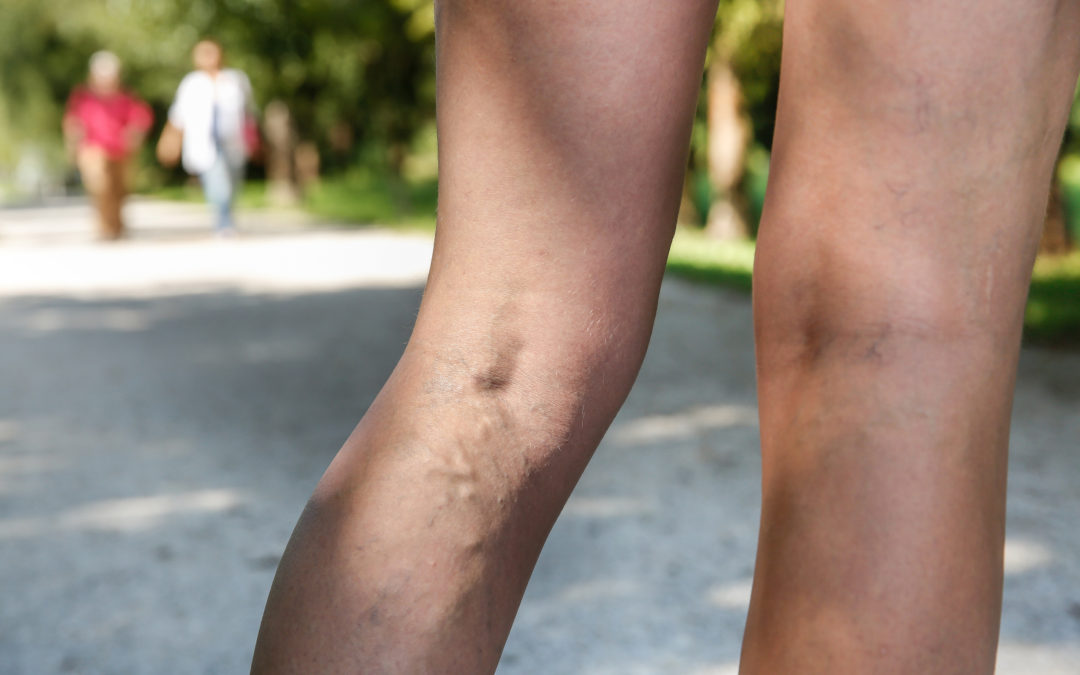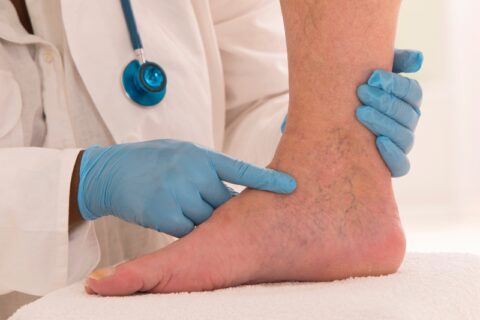What Causes Swelling in Legs and Feet?

Swelling in legs and feet can be uncomfortable and not pretty to look at either. Yet, swelling of the feet or legs, also known as edema, can also be a sign of a more serious medical problem.
Fluid Buildup
Your legs and feet swell when fluid builds up. One reason legs swell is when the blood vessels called veins that carry blood back to your heart are blocked or damaged in some way. Fluid can also build up when your kidneys, liver, or heart aren’t functioning properly or when you have an underactive thyroid gland. In these cases, the swelling happens because your body has a hard time eliminating excess fluid.
Some medications, especially birth control pills and hormone replacement therapy, can cause your legs or feet to swell. If you’re overweight and you sit for a long period of time, you may notice mild foot and ankle swelling. This type of swelling is usually not serious but you should still get it evaluated to be sure. Swelling in the legs and feet is also common during pregnancy and immediately after delivery.
If you have varicose veins or damage to the valves inside your veins, you might experience mild swelling. Normally, a tiny, one-way valve inside your leg veins keeps blood moving toward your heart rather than pooling in your legs and ankles. When this flap is damaged or doesn’t work properly, you can have swelling in your legs that comes and goes.
When One Leg Swells More Than the Other
One of the more serious causes of swelling in a foot or ankle is a blood clot. When a clot blocks a vein that carries blood from the legs back to the heart, fluid accumulates below the clot, fluid builds up, and your leg swells. When leg swelling is due to a blood clot, the calf or leg may be painful or tender when you move or touch it.
Typically, with a blood clot, the swelling is in one leg only or is greater in one leg than the other. For that reason, if you have swelling of only one leg, seek medical attention right away. It’s also important to get evaluated if you have leg or foot swelling and pain. A blood clot in a leg can have serious or even fatal consequences.
Why is a blood clot so serious? A clot in a leg vein can sometimes dislodge or break off and travel to your lungs. Once there, it can interfere with oxygen exchange and, without treatment, death can result. You’re at higher risk for blood clots if you’re older, have injured your leg or foot in the past, been confined to bed for a period of time, had recent surgery, or if you’re pregnant.
Genetics are also a factor in who gets a blood clot. If a close family member suffered from a clot, you may be at higher risk as well. Women who take hormone replacement therapy after menopause or birth control pills have a slightly higher risk of developing blood clots.
The Bottom Line
As you can see, leg and foot swelling has a variety of causes, one of the most serious being a blood clot. At California Vein and Vascular Centers, we offer treatments for vein problems like blood clots and varicose veins. If you have questions about these conditions, we’re here to answer them and help in any way we can.
References:
- MedLine Plus. “Foot, Leg, and Ankle Swelling”


